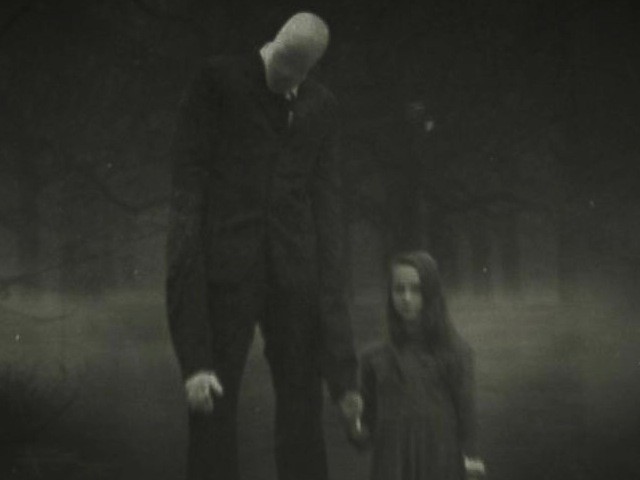Why Teenage Girls Do Evil
by Alexandra Molotkow

Twelve is right in the twilight zone between play and real life. You don’t know your own mind at that age, and your identity is not what it was last month. You understand that your actions have consequences, but you don’t have a fully formed concept of the future; how could you?
Lisa Miller gets into these factors in her New York feature on Morgan Geyser and Anissa Weier, the two preteen girls who attempted to kill their friend Payton Leutner (known as Bella), telling investigators they’d done it as a sacrifice to Slender Man, a monster popular among girls in their age bracket. The girls had a rich fantasy life but, as Miller writes, there’s nothing unusual about kids nesting in fantasy as puberty rages. There was something else at work:
The problem wasn’t that Morgan and Anissa didn’t know they were living in a fantasy world: Ultimately, when pressed by adults, they acknowledged the difference between fantasy and reality. The problem was that they couldn’t — or didn’t — extricate themselves from the fantasy. “He does not exist,” Anissa told police on the day of the stabbing. “He is a work of fiction.” Morgan, the more troubled one, had a more enduring attachment to the fairy tale they had told themselves and that had brought them to the woods. But even she admitted, in her interview, that the attack on Bella was “probably wrong,” she said. “I honestly don’t know why we did this.”
She quotes Weier: “We were going to be like lionesses chasing down a zebra.”
As in the murders of Reena Virk in 1997, and Stefanie Rengel in 2008 — both 14-year-old girls whose killers were, or included girls in their age bracket — the horror is compounded by the absence of a boilerplate narrative. It’s frightening to think that evil might be up to the doer, acting out of a bad mix of human motives rather than objective factors that could place them on the opposite end of the species. We have a whole serial killer playbook to explain why an adult male might torture a stranger to death, and how that makes him different from everyone else, but a teenage girl stabbing a peer is so inexplicable that it’s easier to believe she might have done it as an act of worship for a monster born on the Internet in 2009.
“For all its fantastical elements,” Miller writes, “their plan had the outlines of a familiar mean-girls plot, in which two new friends conspire to discard a third wheel they’ve outgrown or come to resent.” The story is most frightening when it begins to make sense, not by story logic but that of human nature.